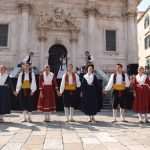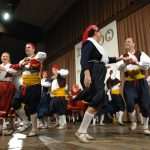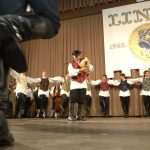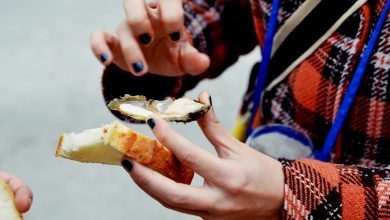For 40 years the folklore ensemble Linđo has been a living part of Dubrovnik. Since the first audition took place in 1964, more than 3,000 dancers and musicians have contributed to the success of the ensemble. Closely supervised by artistic director Mr. Sulejman Muratović, Linđo has won prizes in may countries, promoting the city of Dubrovnik and the Republic of Croatia all around the world.
Since the very beginning the dancers have performed in original national costumes of priceless value. The ensemble’s wardrobe proudly boasts 1,500 original items.
Linđo had its international debut in Italy in 1966, soon followed by numerous performances in most European countries, America, Uruguay, Argentina, Japan and Australia. In 1973, in the French city of Dijon, Linđo won the dance performance prize – The Golden Necklace and ethnic music performance prize – The Golden Record. This success placed Linđo among the most prominent European folklore ensembles.
During their careers generations of dancers and musicians have made life–long friendships. Many recognised and successful individuals were, at one point in their life, participating members of the ensemble, either as dancers or musicians. This, they all agreed, was of significance in their professional life.
Being Linđo member means being dedicated to folklore and tradition. It also means working hard, practicing while others are enjoying in the sun.
Linđo is the most popular dance of the Dubrovnik coastal region, danced to the accompaniment of a lijerica, an old South Dalmatian instrument with three strings.
Extensively performed in the Dubrovnik coastal region, in Konavle, on Pelješac and the Islands of Mljet and Lastovo, linđo was performed exclusively to the accompaniment of bellows in the past. The dance master plays seated, with the lijerica on his left knee, while stamping with his right foot, thus dictating rhythm to the dancers. The dancers move in a circle around the dance master, who gives commands in rhyme that are humorous and often with double meaning. He also decides who will dance with whom, and dictates change of performers, encouraging the dancers to compete in improvisations.
The repetitions of some important sections are typical of this dance. The origin of the name Linđo is of a recent date; while some think that the dance got its name after one-time legendary dance leader, Nikola Lale Linđo, others believe that it refers to the local name of lijerica player.







